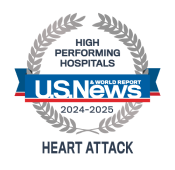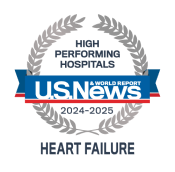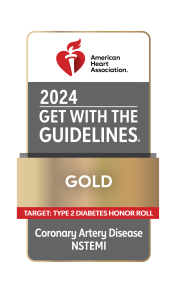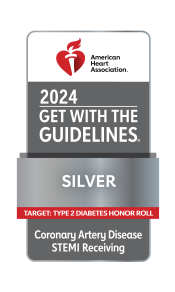Angioplasty
Angioplasty unblocks arteries so that enough blood can reach your heart. A small catheter with a deflated balloon is passed through the narrowed artery segment. The balloon is inflated and unblocks the artery. Then the balloon is deflated and the catheter is removed. This may be done with the addition of a stent, which will stay in place in the artery once the balloon is deflated and the catheter is removed.
Angioplasty can be an elective or an emergency procedure, depending on a person's condition. If a person has a heart attack, angioplasty becomes an emergency procedure that is needed to open up the arteries.
Knowing the signs and symptoms of a heart attack is critically important and could help save your life or someone else’s life. In the event of a heart attack, every minute matters. If you have any of the following signs, call 911 immediately and get to a hospital right away:
- Chest pain or discomfort.
- Upper body pain or discomfort in the arms, back, neck, jaw, or upper stomach.
- Shortness of breath.
- Nausea, lightheadedness, or cold sweats.
- The most common symptom is chest pain or discomfort. Women are somewhat more likely to experience the other common symptoms, particularly shortness of breath, nausea/vomiting and back or jaw pain.
Contact Us
To schedule an appointment or for more information, please call 410-768-0919 or 410-760-5100.
- Testing is available Monday–Friday.




